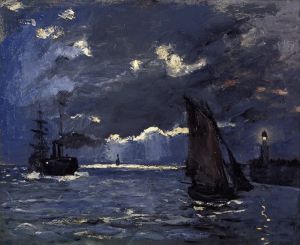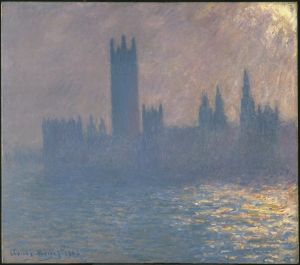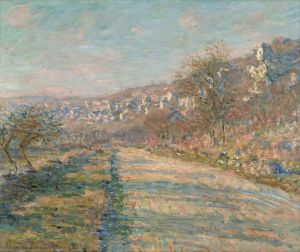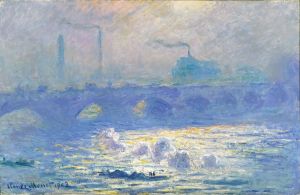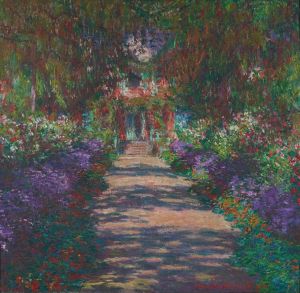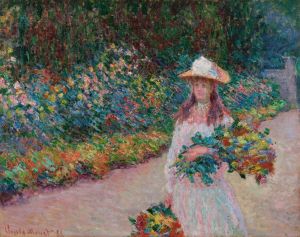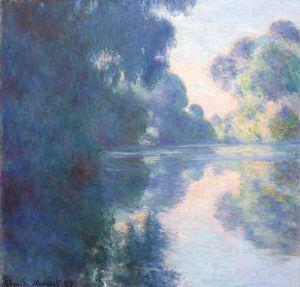
Water Lilies
A hand-painted replica of Claude Monet’s masterpiece Water Lilies, meticulously crafted by professional artists to capture the true essence of the original. Each piece is created with museum-quality canvas and rare mineral pigments, carefully painted by experienced artists with delicate brushstrokes and rich, layered colors to perfectly recreate the texture of the original artwork. Unlike machine-printed reproductions, this hand-painted version brings the painting to life, infused with the artist’s emotions and skill in every stroke. Whether for personal collection or home decoration, it instantly elevates the artistic atmosphere of any space.
Claude Monet's "Water Lilies" refers to a series of approximately 250 oil paintings that depict Monet's flower garden at his home in Giverny, France. These paintings were created during the last three decades of his life, from the late 1890s until his death in 1926. The series is renowned for its depiction of the natural beauty of water lilies, as well as its innovative approach to capturing light and color.
Monet's fascination with water lilies began when he purchased a property in Giverny in 1883. Over time, he developed a water garden, which became the primary inspiration for the "Water Lilies" series. The garden featured a pond filled with water lilies, a Japanese bridge, and various other plants and flowers. Monet meticulously designed the garden to serve as a living canvas for his artistic exploration.
The "Water Lilies" paintings are characterized by their focus on the surface of the water, capturing the reflections of the sky, trees, and flowers. Monet's technique involved applying layers of paint to create a sense of depth and movement. He often used a palette of soft, muted colors, with an emphasis on blues, greens, and pinks, to convey the tranquil and ephemeral nature of the scene.
Monet's approach to painting water lilies evolved over time. His earlier works in the series tend to have more defined forms and details, while his later paintings become increasingly abstract. This shift reflects Monet's growing interest in capturing the effects of light and atmosphere, rather than precise representations of the subject matter. The abstraction in his later works also coincided with his declining eyesight due to cataracts, which may have influenced his style.
The "Water Lilies" series is considered a significant contribution to the Impressionist movement, which Monet helped to pioneer. Impressionism is characterized by its emphasis on capturing the effects of light and color, often through loose brushwork and a focus on everyday subjects. Monet's water lilies exemplify these principles, as they explore the interplay of light and color in a natural setting.
Several of Monet's "Water Lilies" paintings are housed in major museums around the world, including the Musée de l'Orangerie in Paris, which features eight large-scale panels displayed in two oval rooms. These panels, known as the "Nymphéas," were donated by Monet to the French government and are considered a masterpiece of 20th-century art. Other notable collections of "Water Lilies" can be found at the Museum of Modern Art in New York and the Art Institute of Chicago.
Monet's "Water Lilies" series has had a lasting impact on the art world, influencing subsequent generations of artists and contributing to the development of modern art movements such as Abstract Expressionism. The paintings continue to be celebrated for their beauty and innovation, offering viewers a glimpse into Monet's artistic vision and his deep connection to the natural world.





